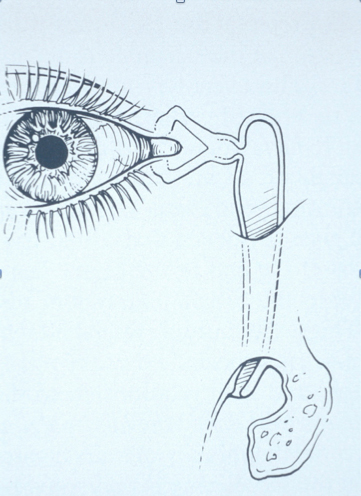Medical






Watery eyes are a common problem and can be caused by a combination of factors. Not all cases require surgery. Dr Stelmach performs a thorough examination to determine the cause and then explains the treatment plan in detail.
The tear film which lubricates the eye and provides nutrition, can become unstable in certain medical conditions and with increasing age. This alone can cause watery eyes.
The tears drain along the lower eyelid to the drainage ducts located in the inner portion of the eyelids near the nose. If the lower eyelid is in the incorrect position or lacks adequate muscle tone, tearing can occur. Surgery is then required to correct anatomical position of the lower lid.
Tears drain via two small openings (puncta), one in the upper lid and one in the lower lid, along a narrow channel (canaliculus) to the down pipe (lacrimal sac and naso lacrimal duct) which leads to the nose. If any segment of this drainage system is narrowed or completely blocked tearing occurs. Blockages of the tear drainage system can occur following eye infections, eyelid trauma or nasal fractures.
PunctoplastyIf the opening to the tear drainage ducts is narrowed or completely closed, surgery is required. The procedure is called a Punctoplasty which opens the entrance to the tear drainage system allowing tears to drain.
DCR (Dacrycystorhinostomy)If there is a blockage within the down pipe leading to the nose, surgery is required. This is called a DCR (Dacryocystorhinostomy).
Dr Stelmach performs DCRs both via the nose (Endoscopic DCR) or through a tiny cut in the skin on the side of the nose (External DCR).
In both types of DCRs a temporary stent is inserted via the tear drainage system leading to the new opening within the nose. This can be seen in photograph 3 which was taken using a special camera in the nose (endoscope). The stent is usually removed in the rooms six weeks after the surgery.
Both the Endoscopic DCR and the External DCR have equally high success rates, providing the patient an excellent cosmetic and functional result.
If the nasal space is very narrow, an External DCR is the treatment of choice. In the rooms prior to the surgery, Dr Stelmach examines the nasal space using an endoscope to carefully assess which type of DCR is most suitable.